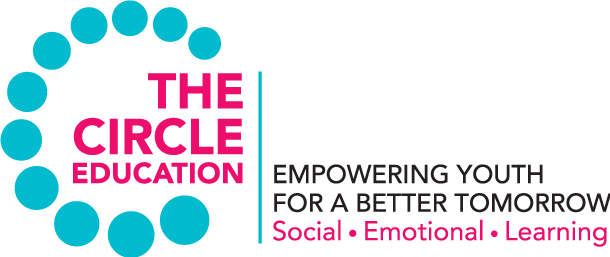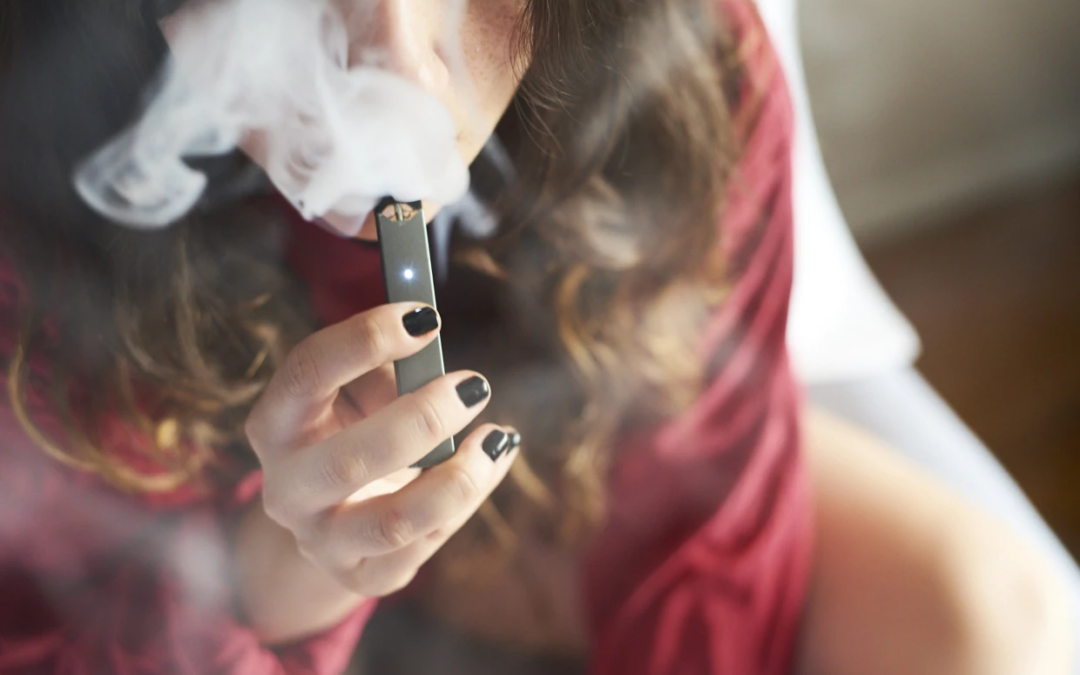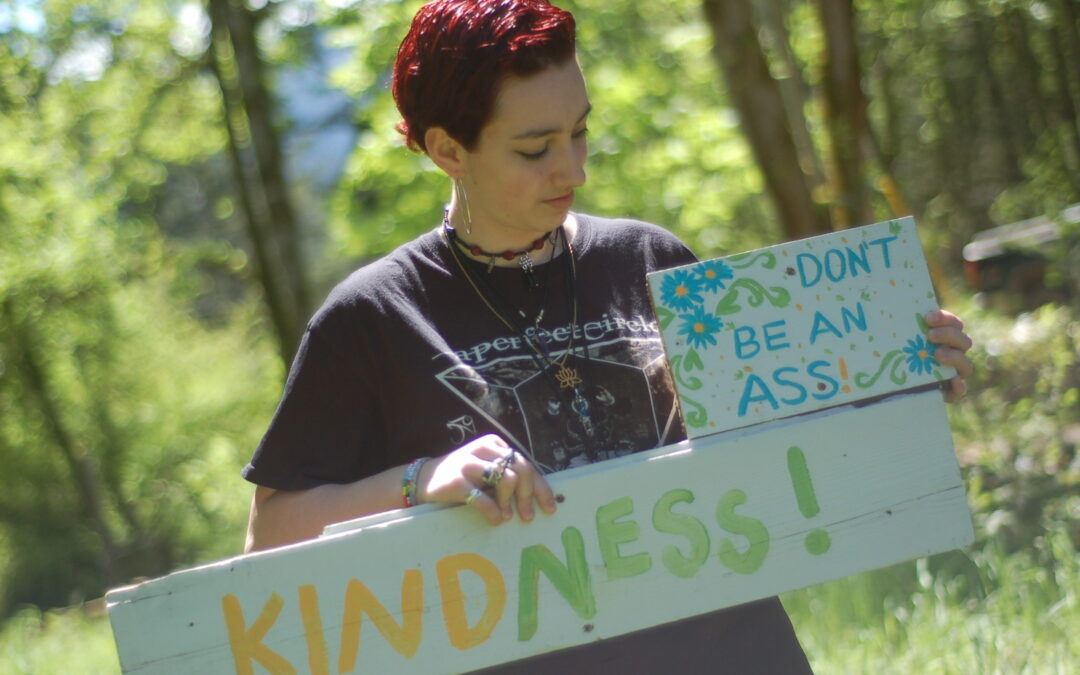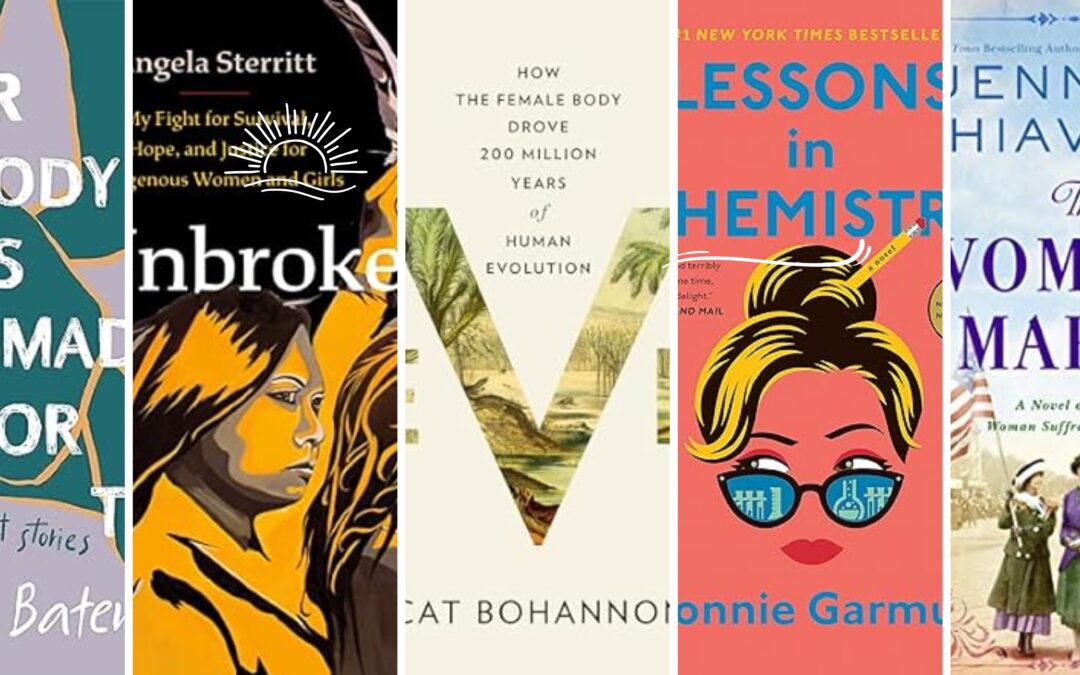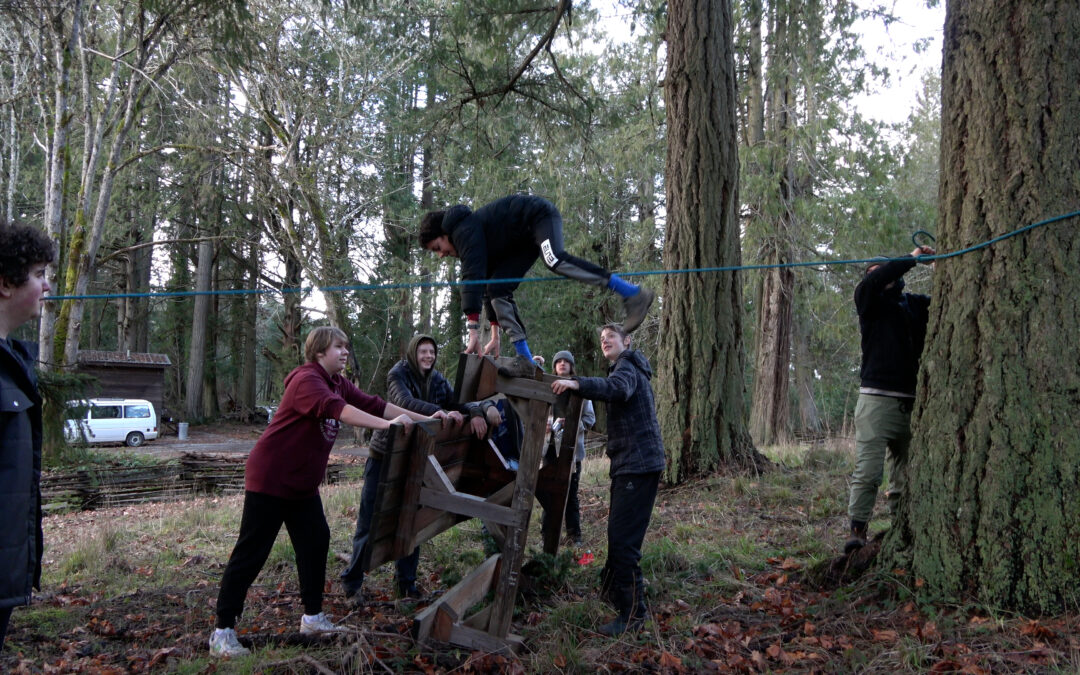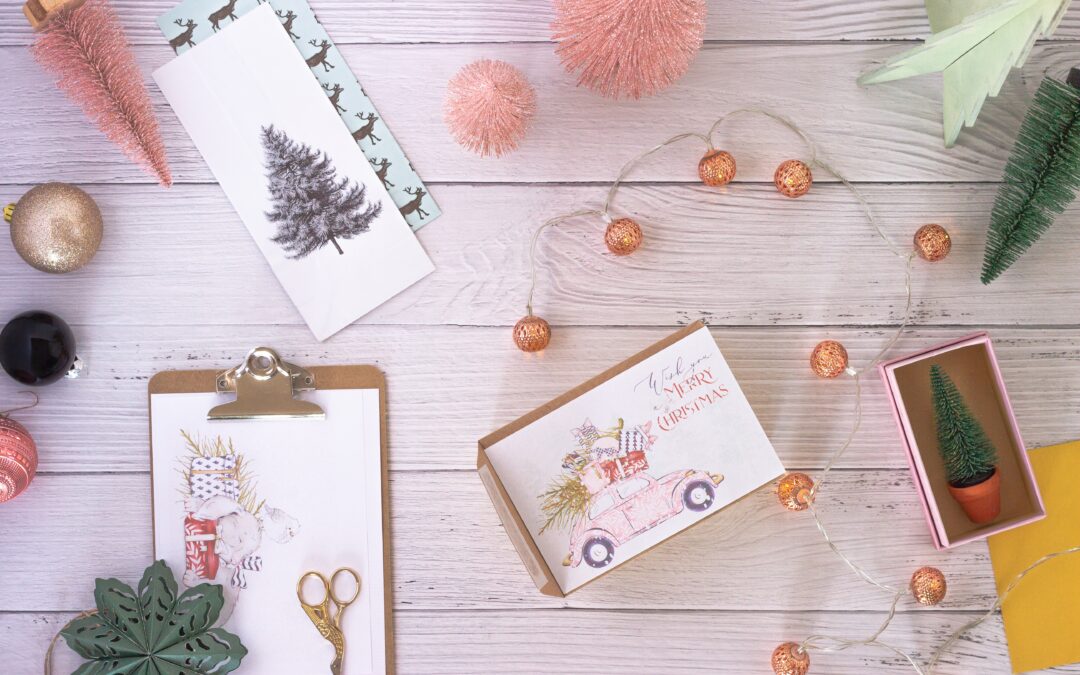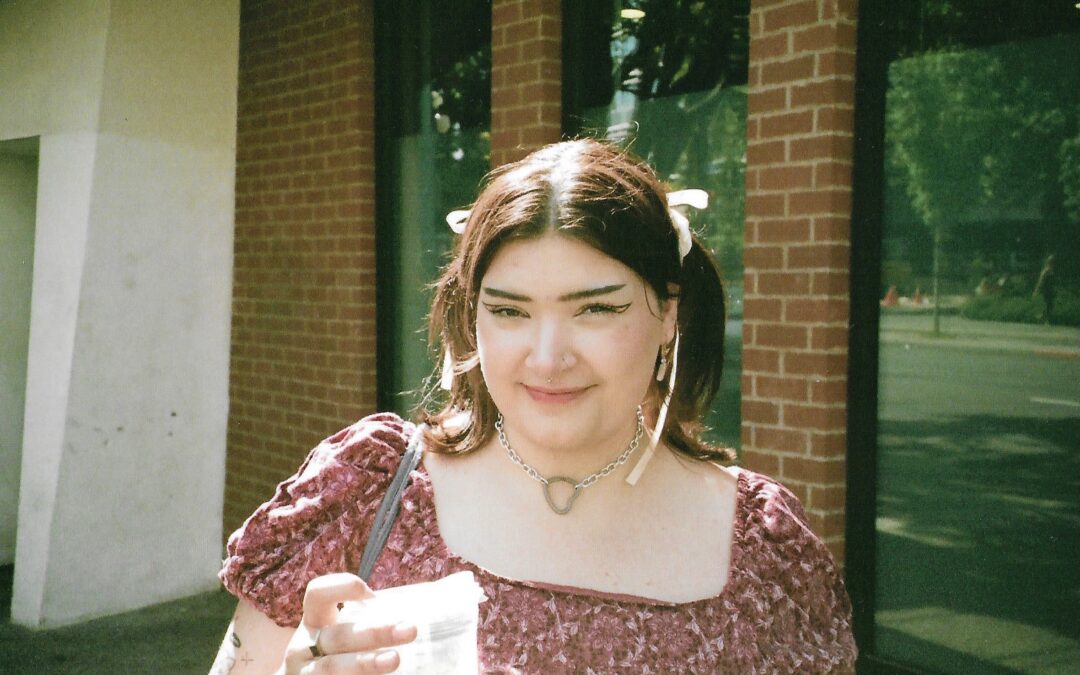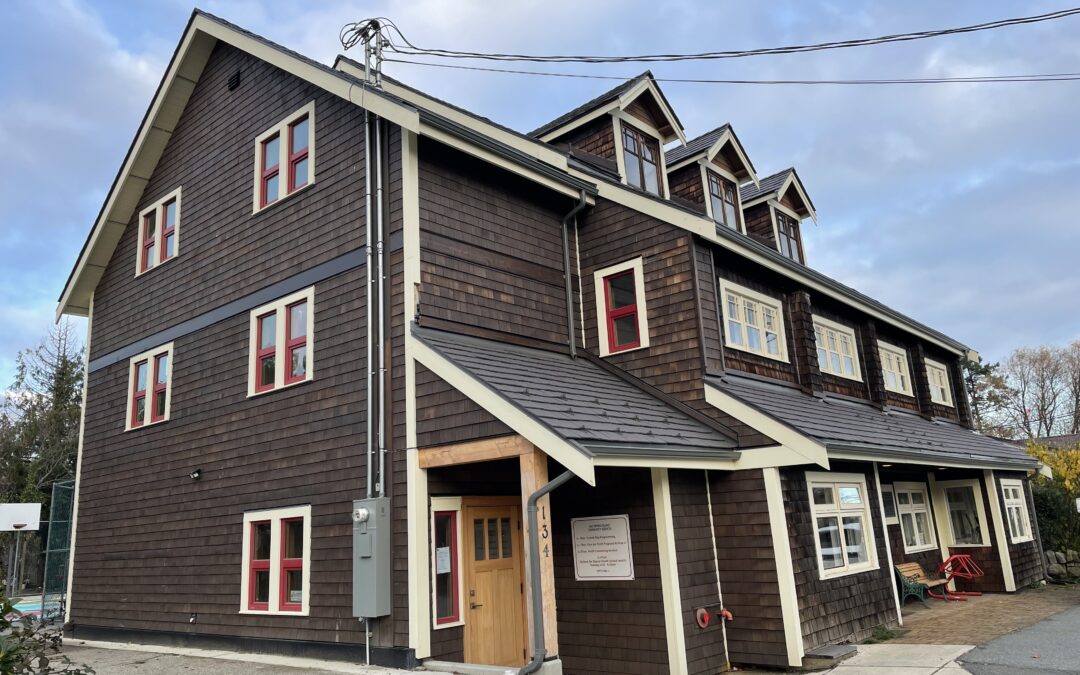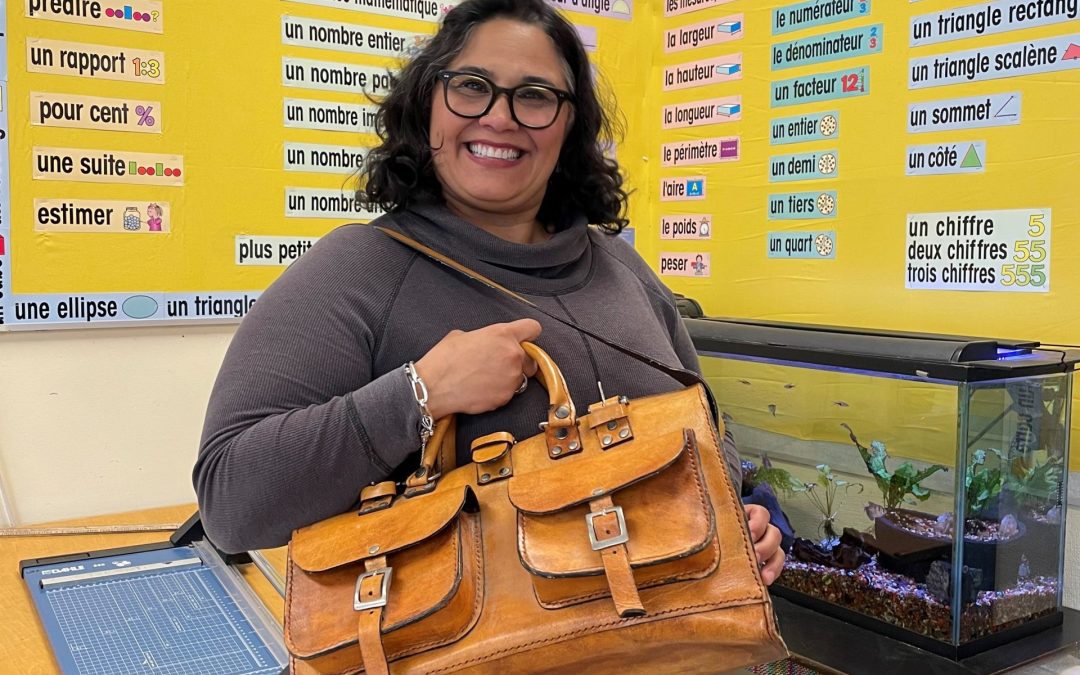The last few days, I’ve been having conversations about how to nurture a rural queer community – when Gay, Lesbian, Trans, Bi, Queer (GBLTQ) people feel safe in our community and when they don’t. I talked to someone at a Youth Drop-In Centre. He told me of a youth that said he had never been bullied at school for being gay, thanks to the Gay/Straight Alliance at School. Friends of mine say that they rarely think about it, because they feel so accepted and part of the community.
This is as it should be. Yet, while I also rarely experience violent or direct homophobia in my daily life, when I was younger, poorer, and more vulnerable, I often had to deal with hostility, derogatory remarks, threats against my livelihood and physical well-being. I’m aware of the current high suicide rate of questioning youth, many ostracized by their families, friends, and communities because they may be gay, lesbian, or transgendered. I’ve heard elders talk about their fear of the homophobia they will face when they enter residential care and no longer have the same choices.
When I try to reconcile these disparate experiences of safety and homophobic oppression , I am reminded that my current sense of safety is recent, quite possibly transitory, dependent on many factors outside my individual control – age, the economy, the choices of my neighbours, and the strength of our human rights policies. Most of all, this reminds me of the importance of working together to build safety for everyone, even when some of us have the temporary grace of comfort.
